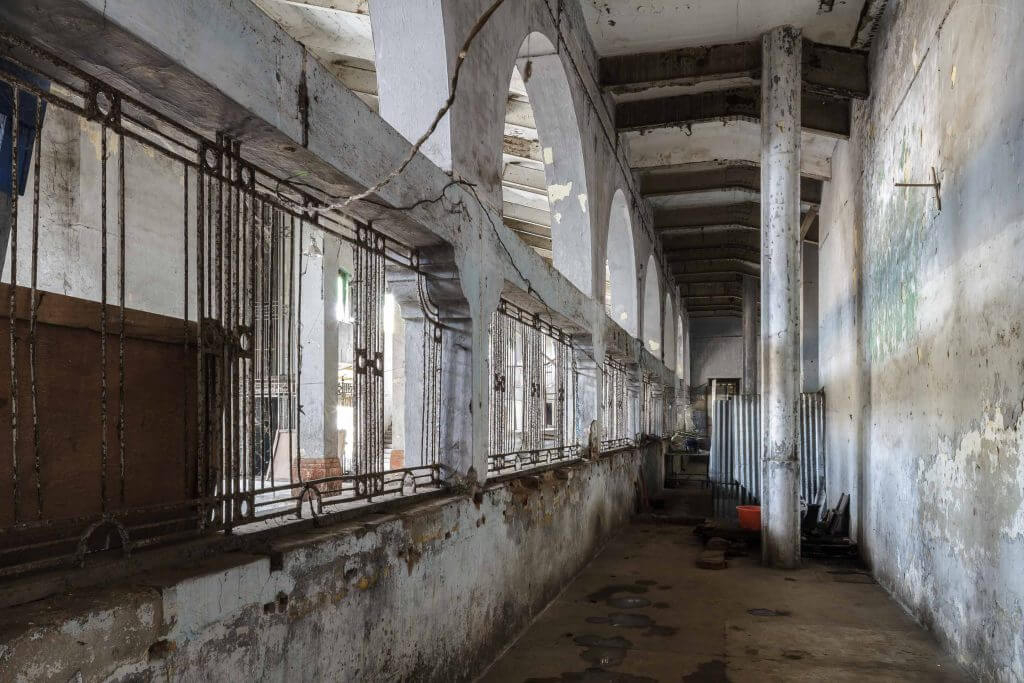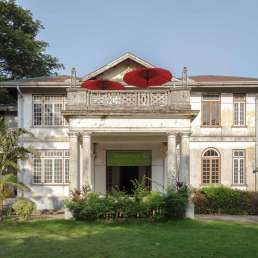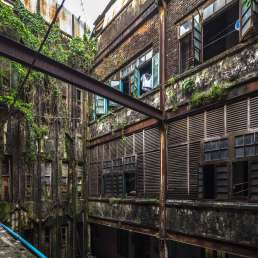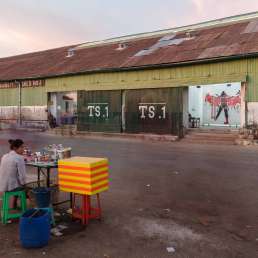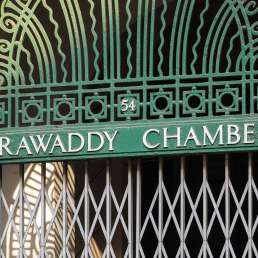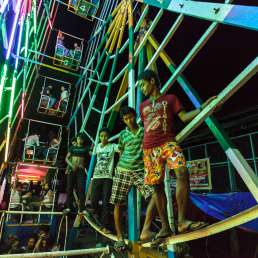Formerly: Rangoon Turf Club
Address: South Race Course Road
Year built: 1926
Architect: Unknown
This racecourse was once home to the Rangoon Turf Club, a famous racing stable and social institution of the colonial days. It was founded in 1887, using a racecourse in Maidan, and moved to these facilities in 1926. Unlike virtually every other club established during the colonial administration, the Turf Club was open to non-whites—provided, of course, they were of a certain social status: Lim Chin Tsong, a larger-than-life ethnic Chinese tycoon who recurs throughout this book (you cannot miss his very own Lim Chin Tsong Palace) was at one point the club’s chairman.
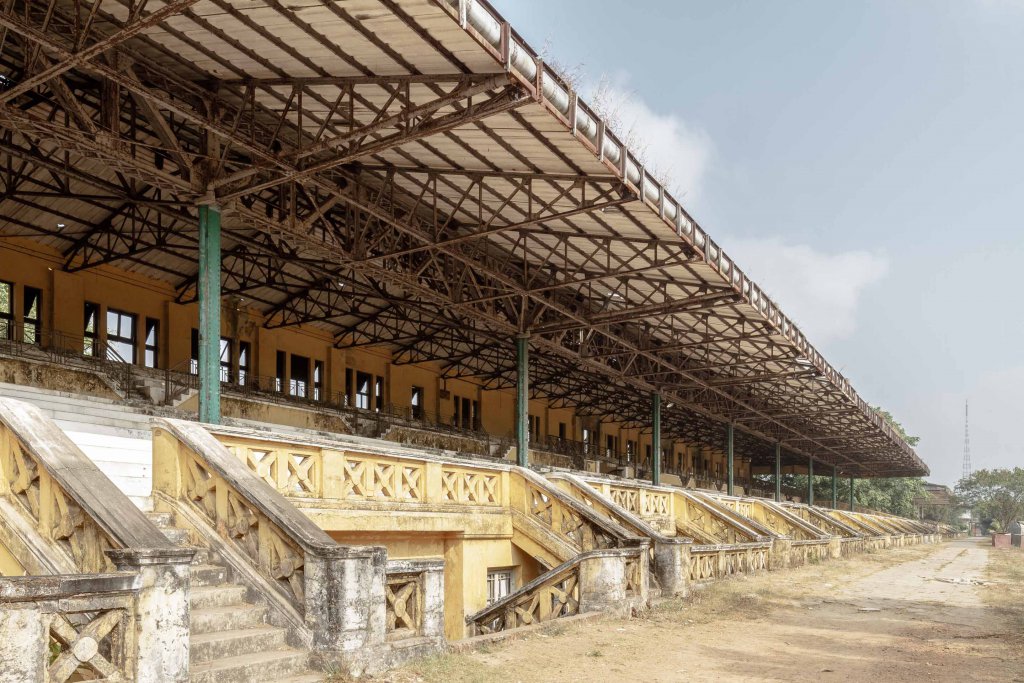
Racing was a very popular source of entertainment in the colonial days. As a British publication reviewing the colonies’ myriad delights wrote in 1910:
“There is now no lack of racing in Rangoon. The policy of the present executive has been to popularise the sport as much as possible, and extra meetings are held practically every fortnight throughout the year, with the result that (…) racing has never been so popular at the present time.”
But the racecourse gradually fell into disuse after the war, although the socialist regime that came to power after the 1962 coup used it for various official rallies, on Union Day (12 February), Peasant Day (2 March) and May Day. In those days, some of the buildings were used as conference halls for government representatives.
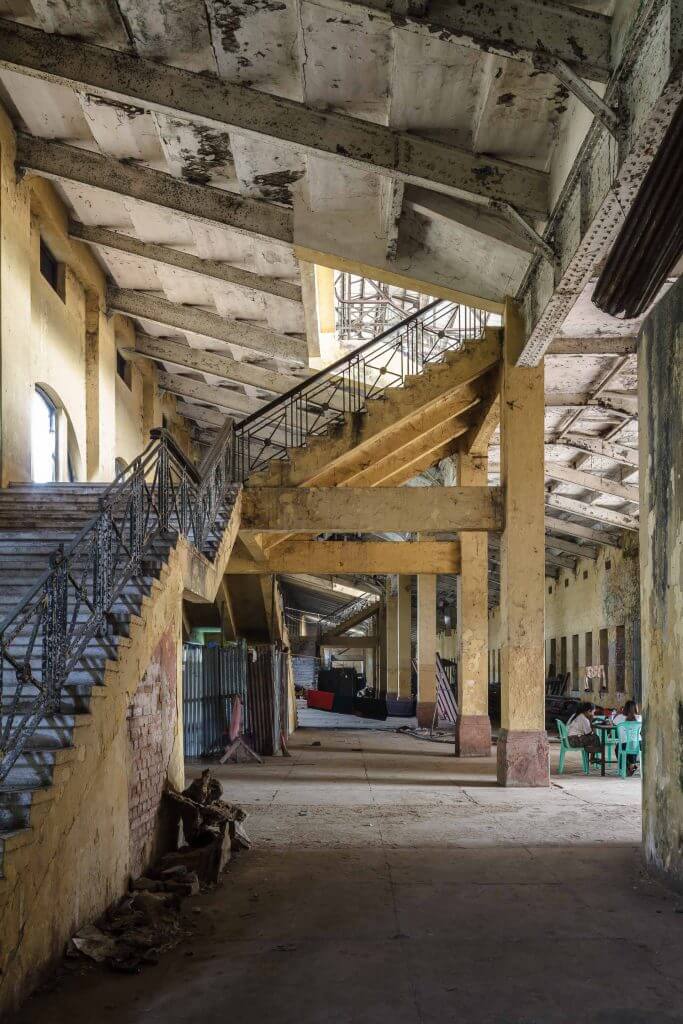
When the remains of former UN Secretary-General U Thant arrived in Yangon in 1974, the coffin was placed here for “public” viewings—in reality, these were highly restricted by the military junta. When students protested against the lack of an official ceremony for U Thant, who was one of post-independence Myanmar’s most cherished figures, they overran security at the Kyaikkasan Race Course and took the coffin to Yangon University. More about this incident, and its tragic aftermath, can be read in the section about the U Thant Mausoleum.
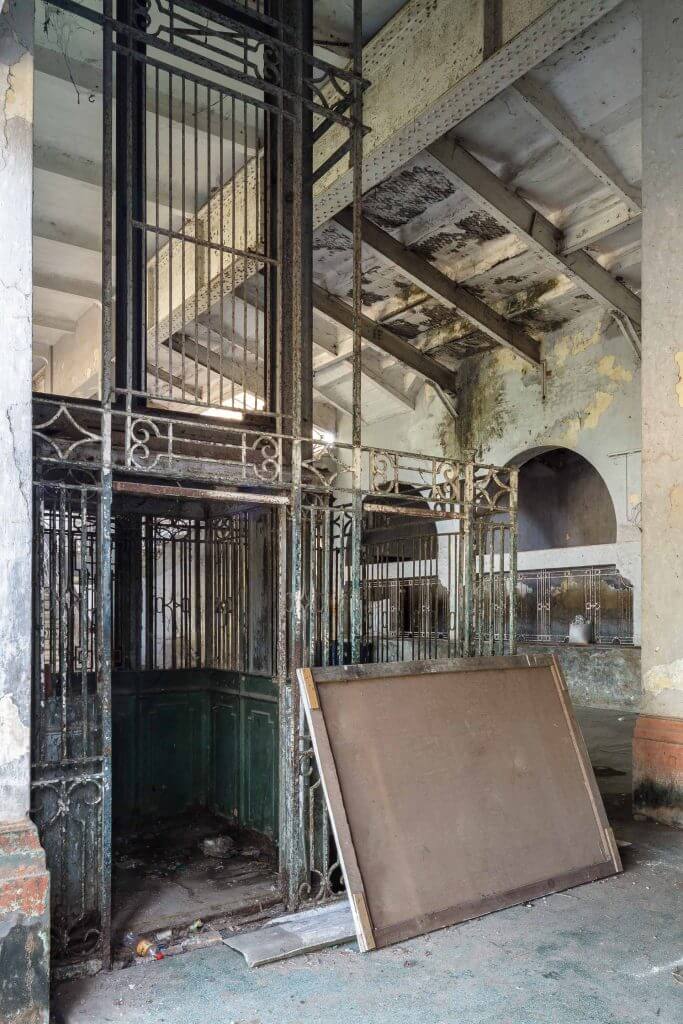
You won’t hear any galloping sounds or cheering crowds nowadays. Its most recent successor, the Yangon Riding Club, moved to new facilities in Dagon township in 1996. The vast grounds of the racecourse host student dormitories and sports facilities. The bowels of the stadium are now inhabited, possibly by the families of groundskeepers.
The grounds are not open to the public and it can be difficult to charm your way inside, but the space’s open-air expanse and overgrown colonial relics feel faintly magical. It would be a worthy candidate for a redevelopment project to return the place to large-scale public use.
